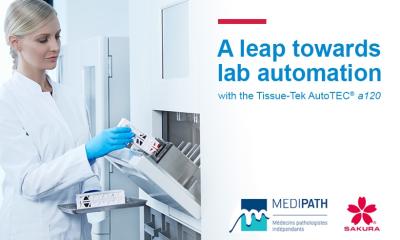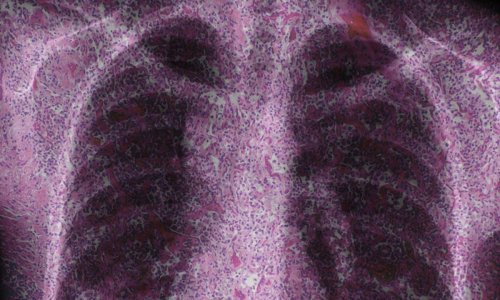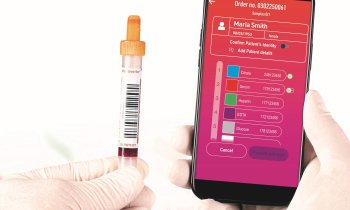Article • Dutch pathology platform
Augmenting pathology image exchange
A national pathology image exchange platform for The Netherlands is expected to be in place and operational within the next 12 months.
Report: Mark Nicholls

The Pathology Image Exchange (PIE), which unites 45 pathology laboratories across The Netherlands, will facilitate quicker revision and re-evaluation of images and second opinions leading to more rapid diagnosis and better care for patients. This December, Paul van Diest, Professor of Pathology at the University Medical Centre in Utrecht, will update the Digital Pathology Congress in London on the progress of PIE, the Dutch National Platform for IT in Pathology.
Speaking ahead of the event, he told European Hospital that he expected the tender process to be complete by December and in working with a chosen partner, hoped the platform would be operational by as early as summer 2017. All pathology laboratories in the country will be able to connect to the platform and exchange images, especially whole slide ones. ‘It means if there are cases where we want to do an external consultation, we can do that through that platform and if there are revision cases where patients move from one hospital to the next and the pathology material needs to be re-evaluated or revised, we can do that much quicker than we now do by regular mail of the tissue sections,’ van Diest said.
Another benefit: rather than pathologists physically meeting to review interesting cases and come up with a consensus diagnosis, they will be able to do that through the platform.
Pathologists’ meetings are no longer physical
Speaking ahead of the event, he told European Hospital that he expected the tender process to be complete by December and in working with a chosen partner, hoped the platform would be operational by as early as summer 2017. All pathology laboratories in the country will be able to connect to the platform and exchange images, especially whole slide ones. ‘It means if there are cases where we want to do an external consultation, we can do that through that platform and if there are revision cases where patients move from one hospital to the next and the pathology material needs to be re-evaluated or revised, we can do that much quicker than we now do by regular mail of the tissue sections,’ van Diest said.
Another benefit: rather than pathologists physically meeting to review interesting cases and come up with a consensus diagnosis, they will be able to do that through the platform.

The time is right to move to digital
Why had the Dutch pathology network embarked on this initiative now? ‘I think the best answer to that is simply that the time is right,’ Diest replied. ‘Many Dutch labs are now turning digital and we realise there are a lot of things we can do quicker and with much higher quality and lower threshold consultation through such a platform. So, when we started talking about this, we quite quickly agreed on the fact that it was a good idea.'
Big advantage: A national pathology database
The advantages are so obvious and hopefully we can serve as an example of what can be done and be copied by other countries.
Professor van Diest
‘I think a number of different countries around the world would like to have such a platform because the advantages are so obvious and hopefully we can serve as an example of what can be done and be copied by other countries.’ However, Professor van Diest does point out that the Netherlands has a significant advantage in this respect with a Dutch national pathology database – The PALGA Foundation (the nationwide network and registry of histo- and cytopathology in the Netherlands) – already in place, having been set up in 1971.
All Dutch pathology labs are connected to the database and overnight send all pathology reports to this central database. The foundation will also oversee the PIE platform and be pivotal in ensuring the exchange of images is conducted in a patient-safe manner, ensuring patient confidentiality is not breached.
Better diagnosis, quicker second opinion
‘The patient will benefit from this because consultation among colleagues will be more low-threshold than it is today and the frequency of that is going to dramatically increase once we have the platform in place,’ van Diest explained. ‘That means we will make better diagnoses and patients will get a second opinion or consultation much quicker than they do now.’
Profile
Paul van Diest is Professor of Pathology at the University Medical Centre in Utrecht, The Netherlands, where he has headed the department since 2003. Adjunct Professor of Oncology at the Sidney Kimmel Oncology Centre at John Hopkins in Baltimore, USA, he has served as president of several international societies and published more than 600 papers in peer-reviewed journals.
03.09.2017











